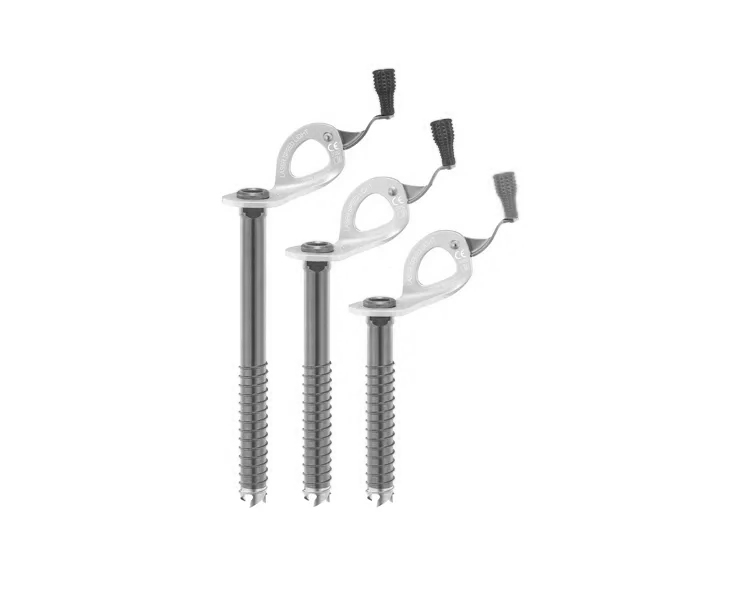

Location
Chamonix, France

Season
Feb - May

Start Elevation
The Aiguille Verte stands majestically above the Chamonix Valley, an icon and historical reference point for both alpinism and steep skiing. Steep on all sides, there is no easy ‘voie normal’.
Once considered to be one of the last great problems of the Alps, the Aiguille Verte was first ascended by Edward Whymper, Franz Biner and Christian Almer a fortnight before the fateful first ascent of the Matterhorn via what is now called the Whymper Couloir. Gaston Rébuffat famously stated that, ‘it is on the Verte that you become a mountaineer’.
Generations of the best steep skiers in Chamonix have tested their mettle on the Aiguille Verte, and there are now five legendary steep ski descents starting from the summit of the Verte, covering each of its sides.
Jöttnar’s Tom Grant lives in Chamonix and is an IFMGA mountain and backcountry ski guide. Here he gives a local's insight into this coveted descent.
On The Edge - Watch Tom Grant tackling the Whymper Couloir
The Whymper Couloir is in fact the easiest way to climb and ski the mountain, but this in no way should detract from its seriousness. First descended on skis by Slyvain Saudan, ‘Skier of the Impossible’, in June of 1968, the Whymper still demands the utmost respect from even the strongest teams. Sustained at 50 degrees in the top section, falling here is out of the question.
"The Whymper still demands the utmost respect from even the strongest teams."


The line can either be climbed very early starting from the Couvercle hut or skied in a loop via the Coutrier. Most teams will opt to climb the line as it is technically easier and allows for the conditions to be checked on the way up. It is notoriously difficult to find good snow conditions on the entire line and teams should expect some firm snow at the top unless they are very lucky, or too late. The couloir faces directly south so takes sun early in the morning and heats up fast. It therefore needs to be skied early in the morning, or in cold snow during a cold winter period. Typically, a good high pressure spell is needed for stable and consolidated snow conditions on the line, and this can be anytime between February and May. Due in part to climate change, there have been more and more ascents and ski descents of the Whymper during winter. The line can be very dangerous if it is too warm and is sometimes subjected to rockfall.
"The line can be very dangerous if it is too warm and is sometimes subjected to rockfall."
I’ve had the pleasure of skiing the Whymper twice, both times in February. Once in cold snow conditions during the epic winter of 2013 and then again in February 2019 in spring conditions during a warm spell of high pressure. Before the top cable car of the Grands Montets burned down in 2018, it gave fast access almost directly to the bottom of the Coutrier Couloir. In 2013, we climbed this from the first bin and descended the Whymper onsight in cold snow conditions. This allowed us to ski the line in one day, which is much harder to do these days without the lift there. The winter of 2013 was a truly exceptional snow year, and the line was very well filled in and we skied the exit gully without rappelling or taking our skis off. If conditions allow, putting on skis on the summit of the Aiguille Verte is a truly unforgettable moment.
Images © Tom Grant
The ridge leading from the summit to the col Rocheuse is extremely exposed and can be quite technical to ski. In anything other than exceptional conditions, some rappels into and out of the exit gulley and over the bergschrund will be needed. The line can be seen in its entirety from the Vallée Blanche and is therefore straightforward to scout from a distance. A descent of the Whymper is sure to leave a strong and lasting impression on any ski mountaineer and it remains an historical test piece and one of the most sought after steep ski lines in the Alps.
Specialist Equipment

Steepest Section
50 °

Average Time
4-5 hrs

Vertical Descent
550 m













